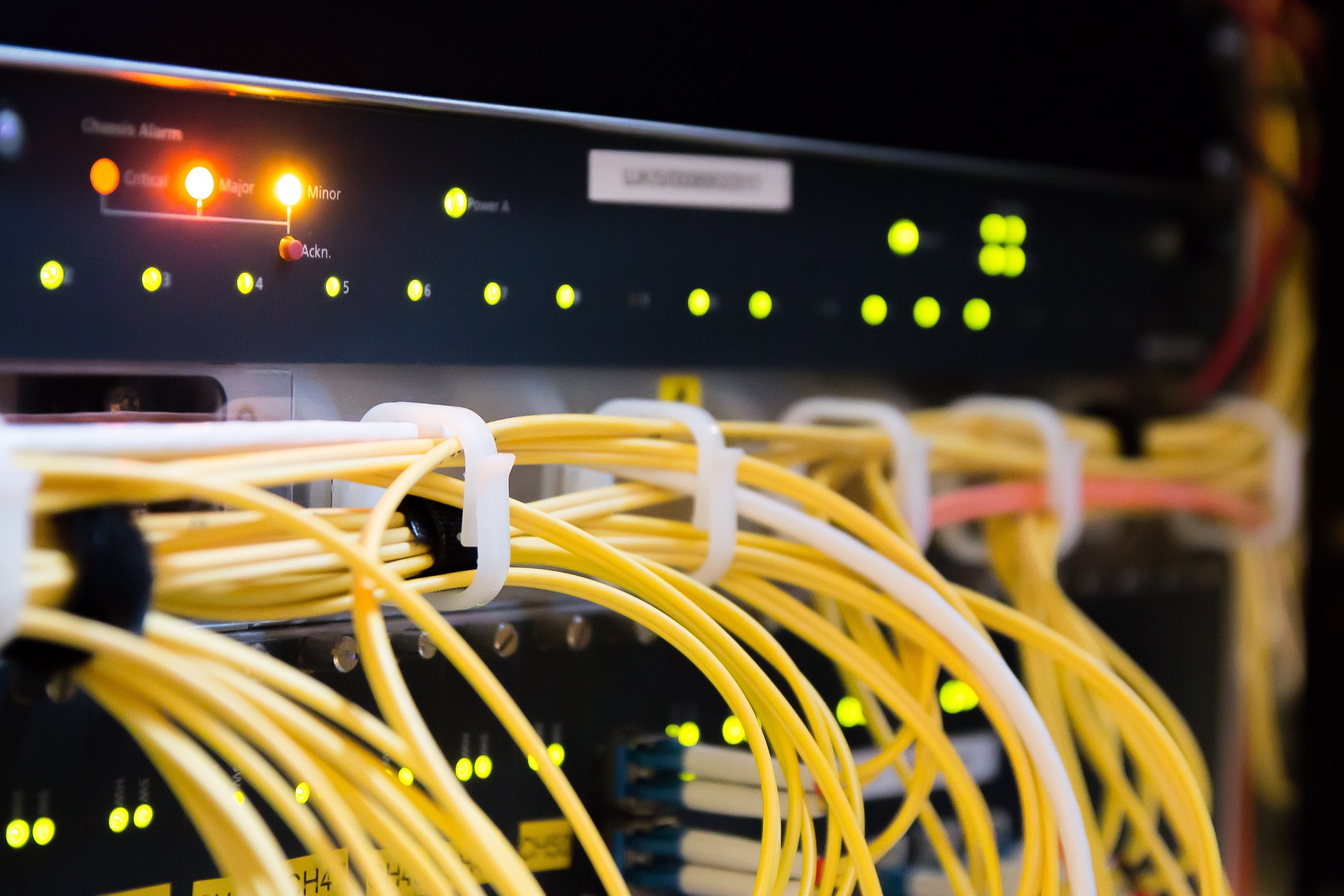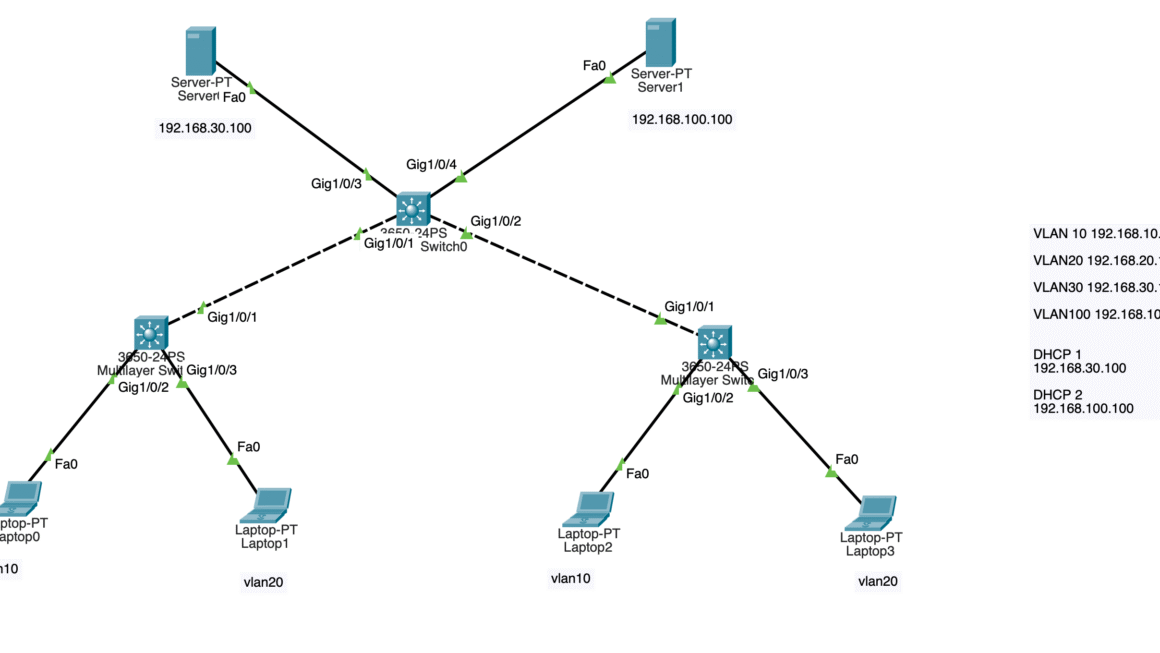A network port is a communication endpoint in a network. It is identified by a numerical value, called a port number, which helps direct network traffic to specific applications or services running on a device. Ports allow multiple applications to coexist on the same network device by assigning unique port numbers to each application.
There are two main categories of port numbers:
- Well-Known Ports: Port numbers ranging from 0 to 1023 are designated as well-known ports. These ports are standardized by the Internet Assigned Numbers Authority (IANA) and are commonly associated with specific services or protocols. Here is a comprehensive list of well-known ports:
| Port Number | Protocol | Service |
|---|---|---|
| 0 | TCP/UDP | Reserved |
| 1 | TCP/UDP | TCP Port Service Multiplexer |
| 2 | TCP/UDP | CompressNET Management Utility |
| 3 | TCP/UDP | CompressNET Compression Process |
| 5 | TCP/UDP | Remote Job Entry (RJE) |
| 7 | TCP/UDP | Echo |
| 9 | TCP/UDP | Discard |
| 11 | TCP/UDP | Active Users |
| 13 | TCP/UDP | Daytime |
| 17 | UDP | Quote of the Day (QOTD) |
| 18 | TCP | Message Send Protocol (MSP) |
| 19 | TCP/UDP | Character Generator |
| 20 | TCP | FTP Data |
| 21 | TCP | FTP Control |
| 22 | TCP | SSH |
| 23 | TCP | Telnet |
| 25 | TCP | SMTP |
| 37 | TCP/UDP | Time |
| 42 | TCP/UDP | Host Name Server (Nameserver) |
| 43 | TCP | WHOIS |
| 49 | TCP/UDP | TACACS Login Host Protocol |
| 53 | TCP/UDP | DNS |
| 67 | UDP | DHCP Server |
| 68 | UDP | DHCP Client |
| 69 | UDP | TFTP |
| 70 | TCP | Gopher |
| 79 | TCP | Finger |
| 80 | TCP | HTTP |
| 88 | TCP/UDP | Kerberos |
| 102 | TCP | ISO-TSAP |
| 110 | TCP | POP3 |
| 115 | TCP/UDP | SFTP |
| 123 | UDP | NTP |
| 143 | TCP | IMAP |
| 161 | UDP | SNMP |
| 194 | TCP/UDP | Internet Relay Chat (IRC) |
| 443 | TCP | HTTPS |
| 445 | TCP | Microsoft-DS (SMB) |
| 587 | TCP | SMTP (Submission) |
| 636 | TCP | LDAPS |
| 993 | TCP | IMAPS |
| 995 | TCP | POP3S |
Please note that this list includes many common well-known ports, but there are additional ports beyond this selection.
- Registered Ports: Port numbers ranging from 1024 to 49151 are known as registered ports. These ports are not standardized like well-known ports but can be registered with IANA or assigned by system administrators for specific applications or services. The list of registered ports is extensive and continually evolving, making it impractical to provide a comprehensive table. Registered ports are often used by various applications and services developed by organizations.
It’s important to note that port numbers are not exclusive to a specific service or protocol. Different services may use the same port number, but the underlying protocol distinguishes the specific service.
If you need information about specific registered ports, it’s recommended to consult the IANA Service Name and Transport Protocol Port Number Registry, which is regularly updated with the latest registered ports and their associated services.



